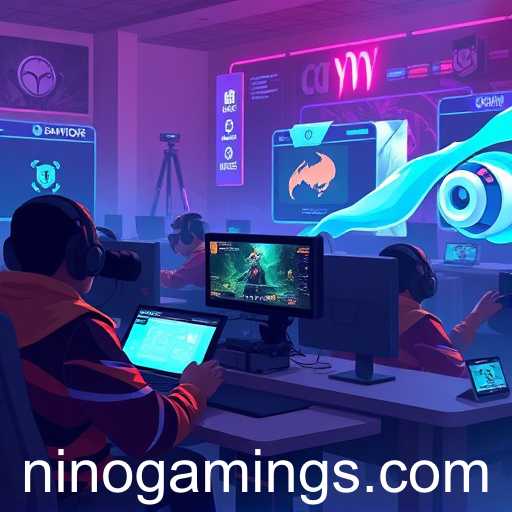Exploring the growing trend of gamified learning in the gaming industry in 2025 and its impacts on education and entertainment sectors.
In 2025, the intersection of gaming and education has become more prominent than ever, as seen through the growing trend of gamified learning. This approach to education, which uses game design elements to engage and educate, is gaining traction globally as technology advances and reshapes traditional learning models. The rise of platforms such as Ninogaming highlights this shift, offering a diverse range of games that not only entertain but also educate.
One of the key drivers behind gamified learning is its ability to transform mundane educational tasks into engaging and interactive experiences. By incorporating elements such as scoring systems, leaderboards, and rewards, educators can foster motivation and competition, which significantly enhances learning outcomes. This method also caters to different learning styles, making it a versatile tool in diverse educational settings.
The gaming industry itself is evolving, recognizing the potential of educational games as a profitable market. Companies like Ninogaming are at the forefront, developing games that serve dual purposes—providing entertainment while fostering skills such as problem-solving, critical thinking, and collaboration. As more educational institutions and parents recognize the value of gamified learning, it becomes clear that this trend is not just a passing fad but a substantial change in how education and gaming can coexist.
Moreover, the cultural acceptance of video games as a legitimate learning tool reflects broader societal shifts. Gaming is no longer viewed solely as an escapism medium but as a productive and constructive way to gain knowledge and skills. Reports indicate that by the end of 2025, the gamified learning market will continue to grow significantly, driven by technological advancements and increasing digital literacy among younger generations.
However, the rise of gamified learning is not without its challenges. Critics argue that an overreliance on digital games might detract from essential traditional learning skills and face-to-face interactions. Furthermore, ensuring that educational games maintain a balance between fun and learning is crucial to prevent them from becoming overly commercialized or ineffective.
In conclusion, as Ninogaming and other similar platforms continue to innovate in the gamified learning space, the potential to revolutionize education becomes more apparent. As stakeholders invest in and refine these methods, the boundaries between gaming and learning will continue to blur, offering exciting possibilities for the future of education.




